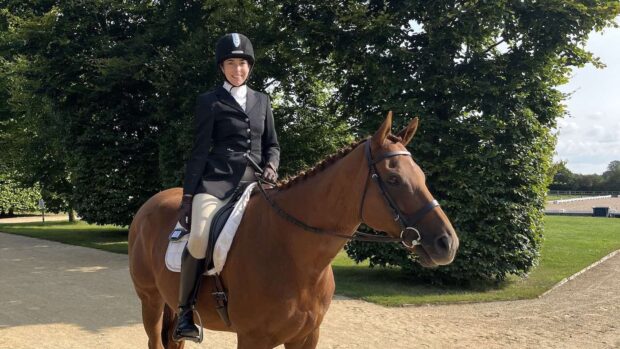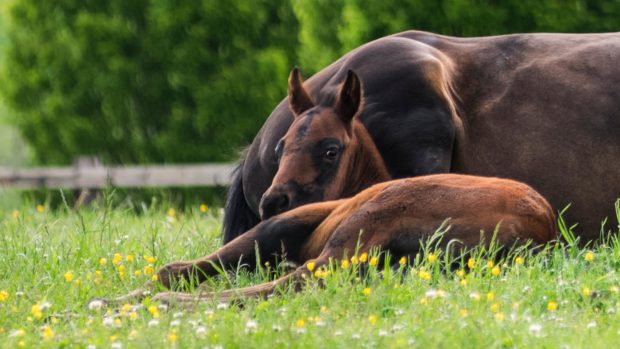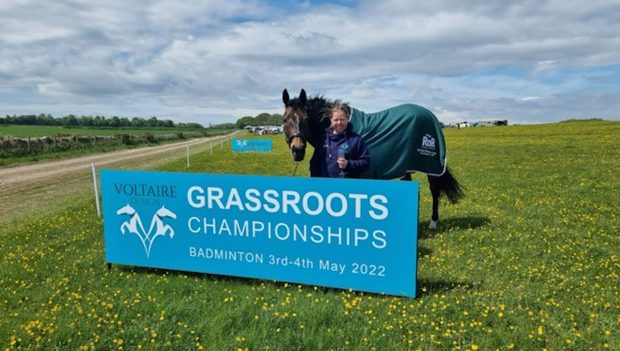New technology aimed at reducing inbreeding and designed to help give breeders more information when looking for a suitable stallion for their mares is up and running.
The online tool Checkmate has been launched by Equinome, which researches and develops genomic tools for the thoroughbred industry.
The tool is designed to check potential thoroughbred matings in real time for inbreeding risk. The mare owner or breeder submits a blood sample and Equinome generates a genetic profile for the mare, which is then uploaded onto the Checkmate platform.
The breeder has a secure login, which is used to access profiles of all the mares they have submitted and “match” each mare in hypothetical matings against a selection of up to 10 sires from a database of more than 400 stallions.
It calculates the potential impact of each mating on a foal, returning a risk score of inbreeding and flagging high-risk matings.
Stallion owners and managers can submit stallion profiles, which will be uploaded onto the database. They can also use the tool to check and manage mare allocations in advance of final breeding decisions. For mare owners and breeders, there is a subscription of around €200 per year for the service.
“The goal with Checkmate is to help our clients protect the health of their mares, reduce the number of lost foals and see more healthy foals progress to the racecourse,” said Professor Emmeline Hill, Equinome’s chief science officer.
Historic thoroughbred family trees are well recorded and Professor Hill explained how this tool goes beyond manually looking up horses’ pedigrees.
“A pedigree just gives you a visual representation of what might be inherited, whereas from the genetics we can measure exactly what has been inherited,” she told H&H.
“By looking at the DNA in relation to inbreeding, we are measuring how much ‘double copy’ DNA there is in an individual. In other words, how much has been identically inherited from the sire and the dam.
“What breeders try to do by looking at a pedigree is infer that – but it is only an estimation, whereas we can measure the true value. What we’ve found in our studies is that what you might expect from the pedigree doesn’t always line up with what we can measure from the DNA. So the DNA is an accurate, true measure of inbreeding.”
Inbreeding is linked to health issues, in individual horses and as a concern for the wider thoroughbred population.
Professor Hill stressed that this is “not a golden ticket to having a live, healthy foal or to have a foal who is going to be more durable”, adding: “What anybody is always trying to do is to reduce risk. But what you’re trying to do is to beat the odds and to limit any unnecessary risk, and thereby improve your chances of producing a live, healthy foal.”
She said “every foal counts” and that the aim is supporting the health of each mare and foal, as well as contributing to “the bigger picture of the thoroughbred population as a whole”.
“Reducing inbreeding in the population as a whole is going to benefit the breed in the long run and contributes to the sustainability of the breed,” said Professor Hill.
Dr Sarah Blott, a researcher in genetics at Nottingham University who is not connected to Checkmate, told H&H genomic inbreeding based on DNA testing is a more accurate way of assessing inbreeding than using pedigree information to calculate an inbreeding coefficient.
“Pedigree-based estimates of inbreeding can only predict the average amount of homozygosity (double-copy DNA) that might be expected in the genome of an inbred horse,” she said.
“Pedigree information from the past, before the advent of parentage testing, is also potentially subject to error.
“By sequencing (or genotyping) the DNA, the true amount of homozygosity across the genome can be seen. This will reflect both recent and more ancient inbreeding and give an accurate picture of the degree of homozygosity in an individual.
“Research has linked higher homozygosity with increased pregnancy loss, lower durability and a smaller probability of racing.”
- To stay up to date with all the breaking news throughout Horse of the Year Show, London International and more, subscribe to the Horse & Hound website
You may also be interested in:

Subscribe to Horse & Hound magazine today – and enjoy unlimited website access all year round

Foals’ gut bacteria linked to adult health and performance

‘Exciting science at work’: genes linked to equine success pinpointed




